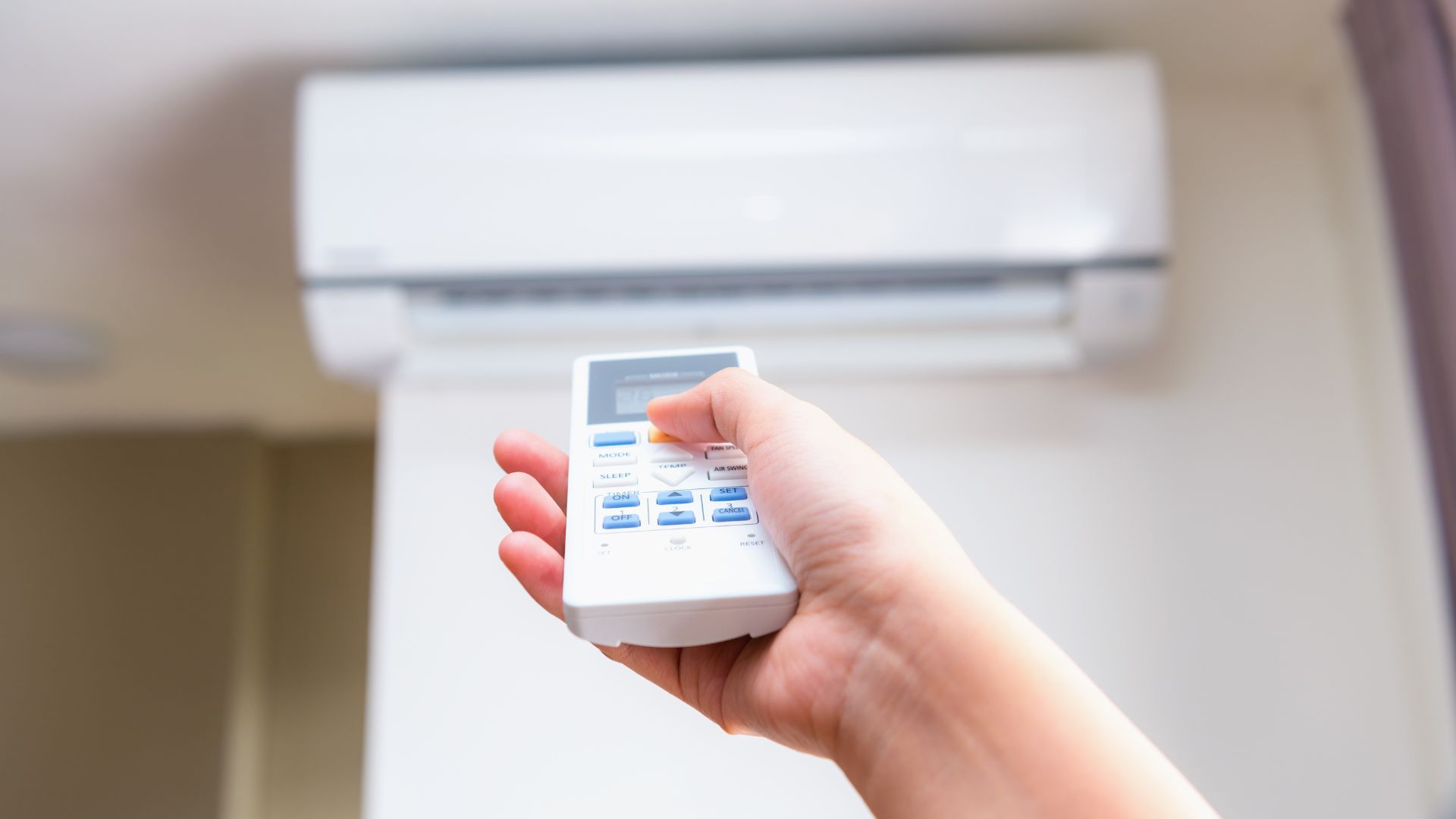Quick AC Fix: How To Reset an Air Conditioner

Many people experience issues with their air conditioning units from time to time. Fortunately, there's a quick fix that can restore your unit's functionality and have you feeling cool and comfortable in no time.
You can troubleshoot common issues and get your AC working again by resetting it like other home appliances. While it may seem complex at first, resetting an air conditioner is quite simple, and we're here to walk you through it.
Why do I need to reset my air conditioner?
You may need to reset your air conditioning unit for various reasons, including:
- When the circuit breaker tripped because of an electrical spike brought by storms or power system issues. This happens to prevent an overload in your AC’s unit that may result in fires and explosions. If your AC is no longer working as well as before the circuit breaker tripped, then it’s time for a reset.
- Setting your air conditioner’s thermostat to “cool” but only getting warm air could be due to a thermostat error, amongst many other reasons. Try resetting your AC and see if it fixes the issue.
- Your air conditioner may shut off and display an error code which could be unfamiliar to you. Sometimes a quick reset will fix the error code, but there are times when you’ll need to take a different action depending on the error code. The codes vary depending on the brand. Some common reasons for error codes include:
- An old air conditioner. Most have a lifetime of 15 to 20 years.
- Technical issues, e.g., a fault in discharge temperature
- Your AC system may need re-gassing
- A tripped circuit breaker
- An internal fault, e.g., board memory error
- Defrosting
Easy steps to reset your air conditioner
When it comes to resetting an air conditioner, there are a few different methods you can try depending on the type and model of your unit. Some common methods include:
1. Use the reset button
Your air conditioner starts when the compressor engages the electrical system. A fault may prevent the compressor from engaging the electrical system, and the AC may fail to start. You may have to use the reset button to correct the error when this happens.
Always check if there is enough power supply before resetting your AC. You can switch on other appliances first to ensure you have a sufficient power supply, then use the AC's reset button.
The reset button is on the outdoor unit. It is usually a small red button, and you may see two wires protruding from the top. Read the manufacturer's equipment manual to help you locate it faster.
Once you find it, press it for approximately three seconds, then release it. You will hear some beep sounds, and the system will restart. Your AC will now function as required.
2. Use the isolator switch
Some air conditioners have an isolator switch between the equipment and the main electrical supply. The switch helps enhance safety during repairs or from electrical discharges. You'll often find the isolator switch near the outdoor unit rather than the switch box.
The isolator switch is usually a V-shaped socket near the condenser. Some models may look like conventional switches at home. If you’re unable to find it, refer to the manufacturer's manual.
Turn the switch off and wait 30 minutes for your AC to dispel the electrostatic charge. Turn it on to restart your AC.
3. Reset the circuit breaker
The circuit breaker is your next option if you cannot reset your AC unit through the reset button or isolation switch. Once you locate the breaker, you will see multiple switches for different circuits in your home. Find the one labelled AC and switch it off.
Remember that a power outage or surge can result in the breaker switching off. If you didn't find a label on the circuit breaker, find a switch that's in the neutral position and turn it on.
4. Reset from the thermostat
The thermostat signals the air conditioner to cool the air according to the temperature readings. If it is faulty, your AC may malfunction or even fail to work at all.
Remember to replace the batteries in the thermostat before restarting the system. Removing the batteries often helps discharge electronic components, making the AC work more efficiently. If the AC does not function effectively after restarting the thermostat, consider contacting a technician.
When should you call a qualified technician?
If the air conditioner still doesn't heat or cool air after resetting, it's time to contact a qualified technician. You may also contact the manufacturer if your AC is still under warranty.
So you'll need a technician if there are any of the following issues:
- An underlying mechanical problem: A common sign of an underlying mechanical issue is frequent malfunctioning. You may have to replace some Air Conditioner parts if this is the case.
- Exposed wires: Contact a professional technician whenever you notice exposed wires on the AC. They are a safety threat that may result in electrocution, electric shock, or fires. They can also cause permanent damage to the AC.
- Resetting your AC too often: If you notice that you reset your AC frequently, it could be a sign of underlying AC problems. It may result in serious issues that need immediate repairs.
Need help with troubleshooting your air conditioner concerns?
If you’re still having problems with your air conditioner, give us a call. We can recommend qualified technicians, and provide you with spare parts should you need them.
